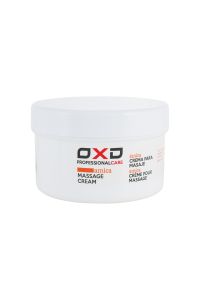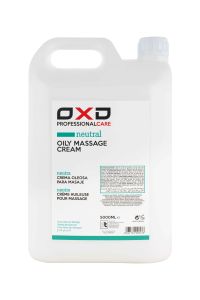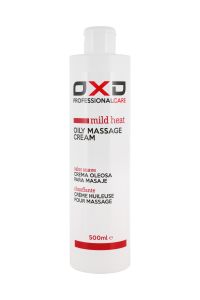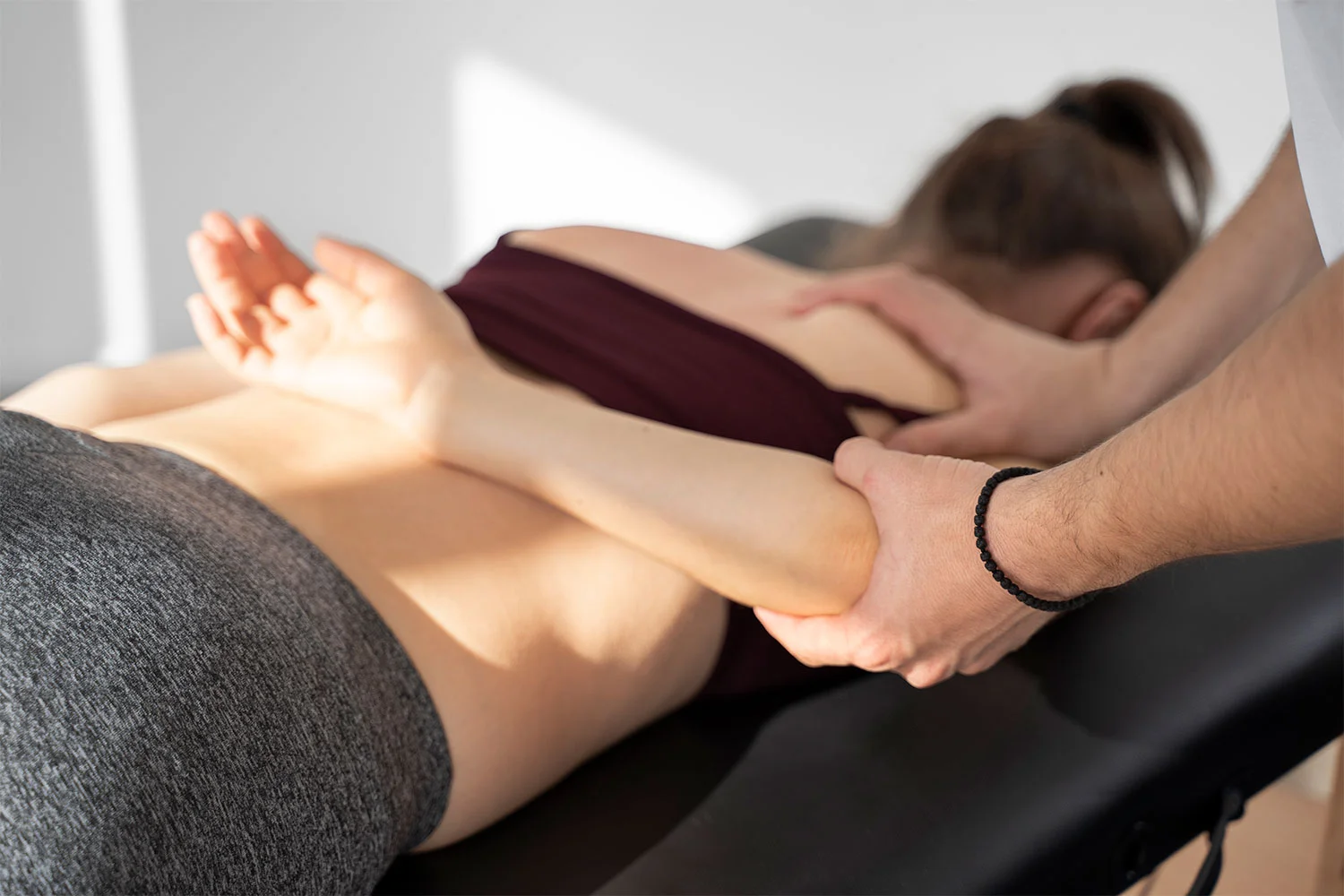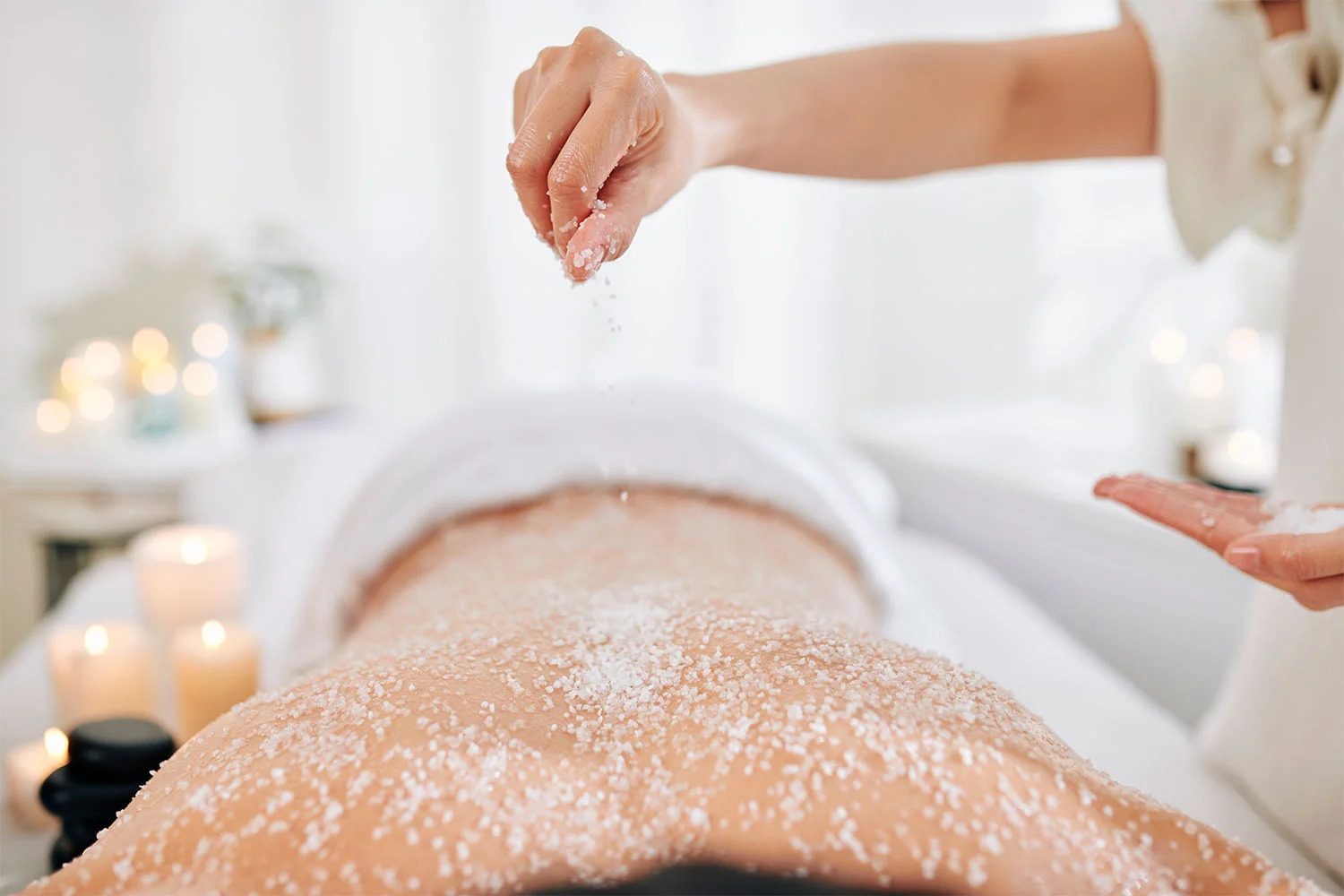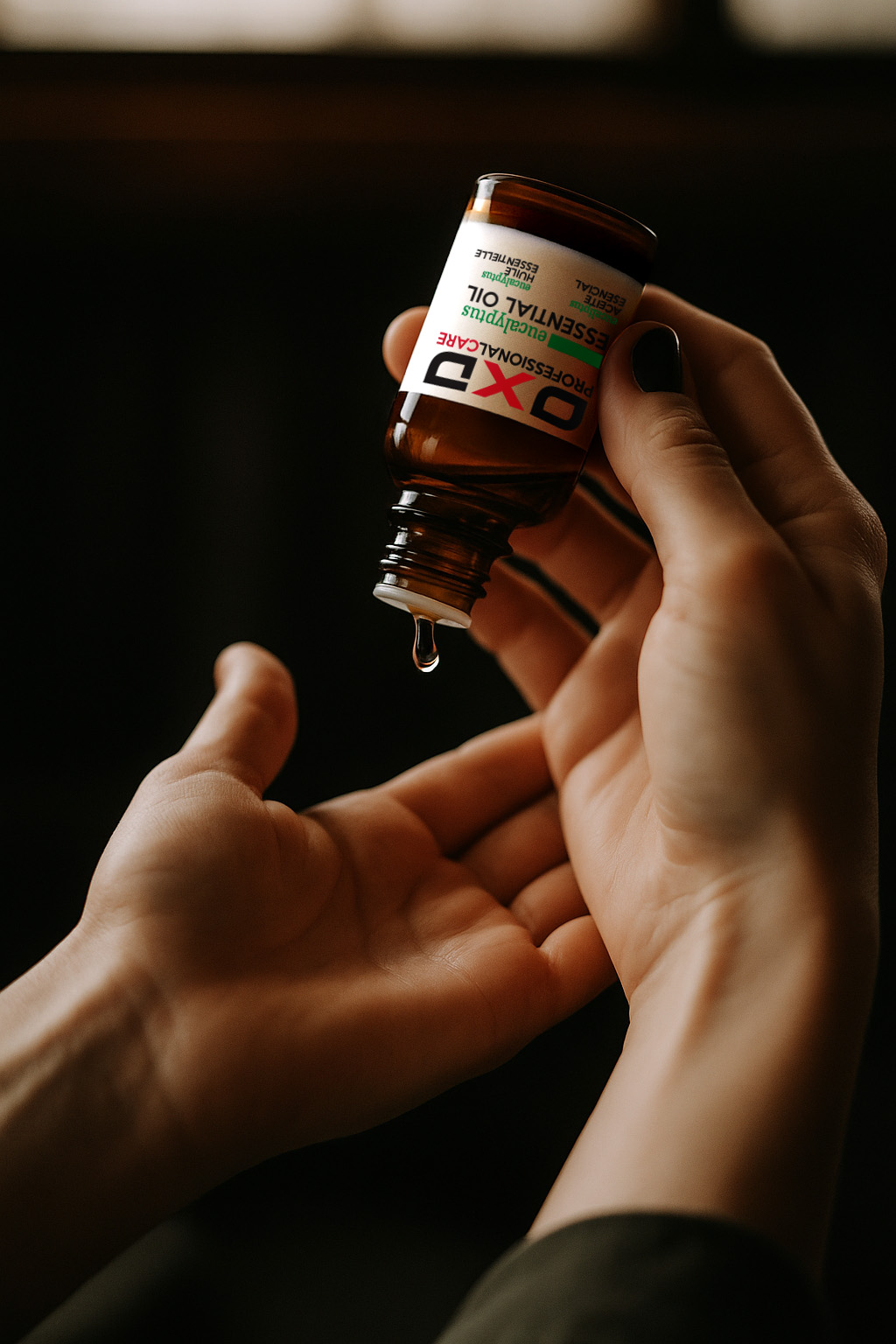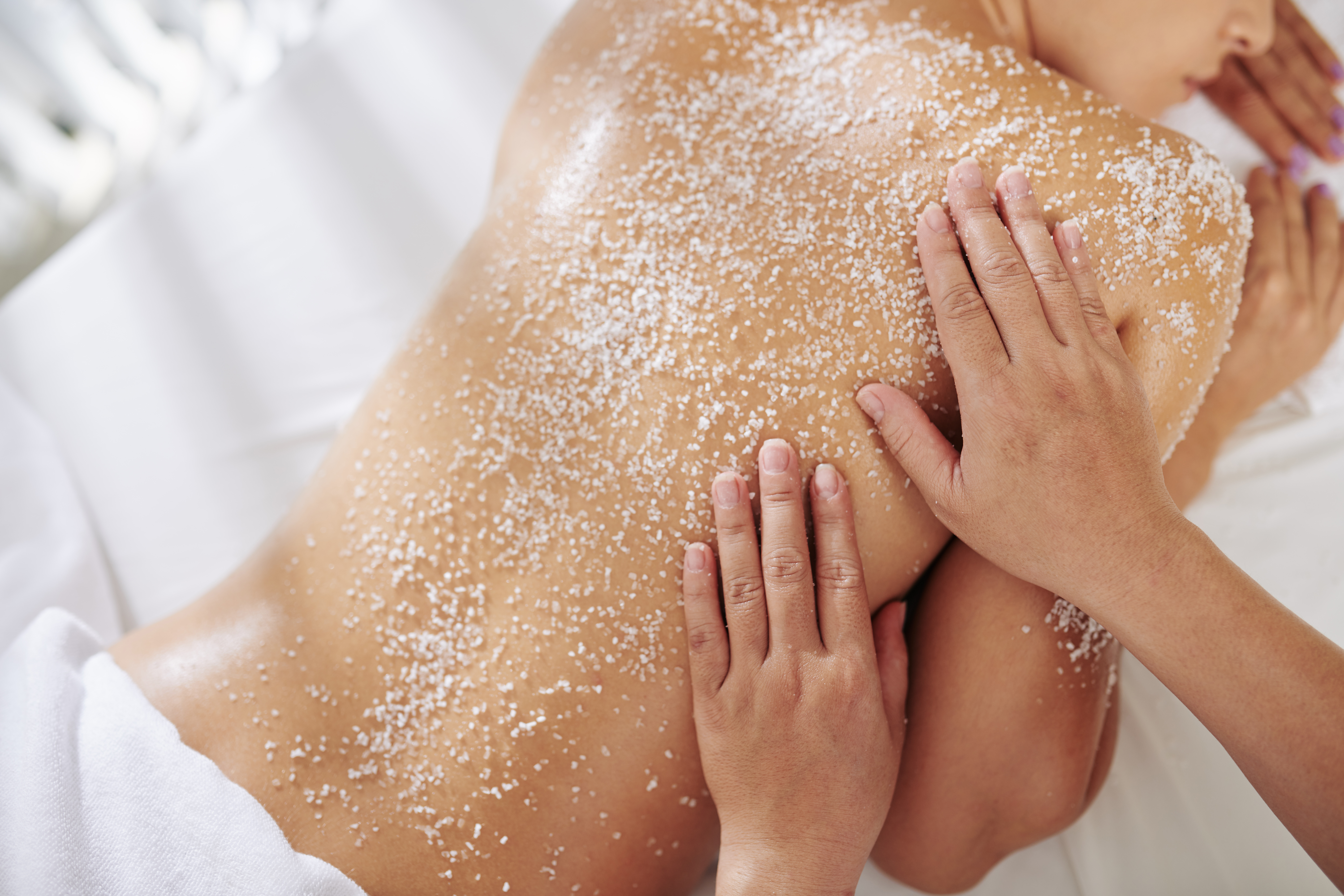How to choose and properly apply professional creams
How to choose and properly apply professional creams
In physiotherapy, every technique, tool, and product plays a crucial role in treatment quality and patient recovery. Professional massage creams are essential for physiotherapists—not only to facilitate their work, but also because they directly impact treatment effectiveness.
Choosing the right cream and applying it correctly can make a real difference in the outcome, so several key aspects must be considered. At OXD, we want to help you make the best choice to optimize every physiotherapy session.
The importance of using high-quality professional creams
Although many people make the mistake of underestimating their importance, the reality is that the type of cream used during a massage directly influences the treatment. In this sense, using a low-quality or unsuitable cream can cause skin discomfort, hinder hand gliding, or prevent the desired therapeutic effects.
Professional creams are specifically formulated to ensure dermatological safety, offering good spreadability and therapeutic effectiveness. In addition, these types of creams are dermatologically tested and include ingredients that improve skin elasticity, facilitate massage, and enhance its physiological effects.
Main benefits of using professional creams:
- Facilitate manual gliding.
- Increase treatment effectiveness thanks to their active ingredients.
- Minimize the risk of irritation, even on sensitive skin.
- Reduce working time by avoiding constant reapplication.
- Are compatible with other complementary techniques, such as radiofrequency or thermotherapy.
How to choose the right professional massage cream?
Once we understand its importance, here are the key factors for choosing the right massage cream, taking into account both the type of treatment and the characteristics of each patient.
1. Type of technique used
As a physiotherapist, you know that not all creams behave the same with different massage techniques. We help you choose the most suitable cream depending on the technique to be applied:
- Relaxation or general therapeutic massage: a neutral cream is recommended, free of active ingredients, to focus on the manual technique.
- Sports or recovery massage: it is advisable to use a cream with ingredients such as arnica or devil's claw, which have anti-inflammatory and restorative properties.
- Myofascial or deep tissue massage: in these cases, textures with higher friction are needed, so it is more appropriate to use a denser or semi-oily cream.
2. Area and duration of the massage
When the massage is applied to small or sensitive areas, such as the neck or joints, it is best to use small amounts of light, fast-absorbing creams.
On the other hand, if the treatment is going to be longer and on larger areas such as the back or legs, it is better to use a cream with higher glide and lasting power, such as oily creams.
3. Patient's skin type
For patients with dry or mature skin, it is most recommended to apply a cream rich in emollients, providing hydration during and after the massage.
For sensitive or reactive skin, it is preferable to use hypoallergenic or neutral products, without perfumes or active ingredients.
4. Treatment goals
If the goal of the treatment is to relieve muscle discomfort, a cream with active ingredients such as arnica, devil's claw, or menthol can be highly beneficial.
Meanwhile, for radiofrequency, electrotherapy, or body aesthetic treatments, there are creams specifically formulated to facilitate wave transmission or enhance firming and moisturizing effects.
Discover the OXD range of professional creams: Effectiveness and safety for physiotherapists
OXD Professional Care, the specialized brand of Telic Group, offers professionals a wide range of professional massage solutions, developed under strict quality controls and dermatologically tested.
When it comes to creams, we offer two main lines depending on the type of massage to be performed:
1. OXD massage creams
OXD massage creams are designed to adapt to any manual massage technique, including neutral creams that are especially suitable for treatments requiring optimal glide without interference from active ingredients. They are perfect for general techniques, relaxation massages, or when combined with equipment.
There are also enriched versions with specific ingredients, such as arnica, which offer targeted benefits for sports massages, anti-inflammatory purposes, or firming treatments.
Key advantages:
- Balanced texture suitable for various techniques.
- Good spreadability without leaving greasy residue.
- Compatible with sensitive skin.
2. OXD oily creams
On the other hand, there are the OXD oily creams, which have a melting texture that, upon contact with the skin and massage, transforms into a smooth and fluid oil. This formula is ideal for long-duration massages as it avoids the need for constant reapplication.
They are especially effective for working on large muscle groups and techniques requiring sustained gliding, such as sports massage or manual lymphatic drainage.
Key advantages:
- Silky feel and long-lasting effect.
- Gradual transformation into oil, facilitating maneuvers.
- Suitable for all skin types, including very dry or dehydrated skin.
Professional tips for proper cream application
Choosing a good cream is only part of the process. The way it's applied also affects the results. Here are some practical recommendations:
1. Warm the product before applying it: Place the cream between your hands and rub it for a few seconds before application to warm it slightly. This will improve absorption and avoid thermal contrast with the patient's skin.
2. Use the right amount: In massage, more is not always better. In fact, using too much cream can hinder pressure control and glide. Start with a small amount and add more only if needed.
3. Apply according to the massage direction: Distribute the cream with gentle strokes, following the direction of the massage (upward for drainage, centrifugal for relaxation, etc.), and ensure the entire treatment area is covered.
4. Adjust pressure to the type of cream: Some creams, like oily ones, allow for more pressure without friction, while others like neutral creams require lighter contact to avoid irritation.
5. Observe the skin's response: Pay attention to how the patient's skin reacts. If there is excessive redness, itching, or abnormal warmth, stop the application and consider switching products.
In conclusion, the correct selection and application of professional creams is an essential part of physiotherapy practice.
The range of creams by OXD Professional Care offers solutions tailored to every need, combining quality, innovation, and respect for the skin. Choosing trusted products like those from Telic Group not only improves clinical outcomes but also strengthens your commitment to professional excellence.

 Español
Español Français
Français
